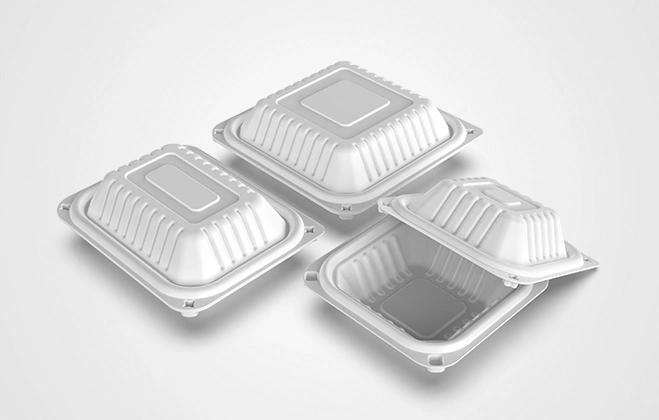1. The plastic ban promotes the expansion of biodegradable plastics production capacity.
The substitution of biodegradable plastics is an important way to reduce the source of plastic pollution. In July 2020, the National Development and Reform Commission, the Ministry of Ecology and Environment and other nine departments jointly issued the "Notice on Solid Promotion of Plastic Pollution Control", and proposed that from January 1, 2021, some cities take the lead in banning the use of non-degradable plastic shopping bags and other measures, The "plastic ban" was further upgraded.
From the "plastic restriction order" to the "plastic ban order", the policy level provides opportunities for the development of biodegradable plastics. Data shows that in 2020, China's biodegradable plastics production capacity will be about 500,000 tons/year, and there will be 870,000 tons/year under construction and 2.96 million tons/year planned production capacity waiting to be released.

2. The existing production capacity is mainly based on PLA and dibasic acid glycol copolyester
From the perspective of production capacity structure, my country's existing production capacity and production capacity under construction/planning are mainly based on dibasic acid glycol copolyester (petroleum-based), followed by PLA (bio-based) plastic production capacity.

It can be seen from the production capacity list of the company that among the PLA plastic production capacity, Zhejiang Hisun Biomaterials has the largest existing production capacity, reaching 15KT/year, while Jindan Technology’s capacity under construction is 110kt/year, Zhejiang Youcheng Holding Group And Shandong Tongbang New Materials will also plan to build 500 and 300KT/year capacity respectively. In the production capacity of dibasic acid glycol copolyester, PBAT, PBSA and PBS products are the main products.


3. The market penetration rate is low, and the scale of replacement is expected to grow rapidly
According to statistics from the Plastics Recycling Professional Committee of the China Plastics Association, my country uses about 3 billion plastic bags every day. As of 2019, the annual use of plastic bags exceeds 4 million tons. At the same time, the annual consumption of plastic packaging for express delivery in China is about 1.8 million tons, and that for take-out plastic packaging is more than 500,000 tons.
At the same time, referring to the current global penetration rate of biodegradable plastics in the plastic products market is generally below 3%, the forward-looking calculation is based on the penetration rate of 2%-3%, and the replacement scale of biodegradable plastics in 2020 is about 150,000 tons.
Although the current market penetration rate of biodegradable plastics is low, under the implementation of the "plastic ban", the scale of substitution of biodegradable plastics is expected to grow rapidly during the "14th Five-Year Plan" period. According to the forecast data of the National Engineering Research Center for Engineering Materials of the Institute of Physics of the Chinese Academy of Sciences, of the approximately 2 million tons of products banned by the national plastic restriction order at the end of 2022, the demand for PBAT/PBS will reach more than 1 million tons, and the plastic restriction order will eventually (end of 2025) The products involved will exceed 8 million tons per year, and the demand for biodegradable plastics is expected to exceed 5 million tons.


The above data refers to the "Analysis Report of China's Biodegradable Plastics Industry Market Outlook and Investment Strategic Planning" by the Qianzhan Industry Research Institute. At the same time, the Qianzhan Industry Research Institute also provides industry big data, industry research, industry chain consulting, industry map, industry planning, park planning, Solutions such as industry investment promotion, IPO fundraising feasibility study, and prospectus writing.
 English
English 日本語
日本語 한국어
한국어 français
français Deutsch
Deutsch Español
Español русский
русский português
português العربية
العربية ไทย
ไทย Malay
Malay


























